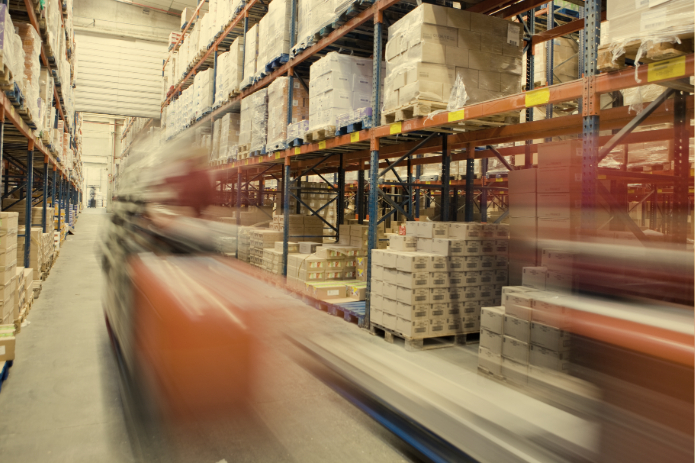The adoption of technology in foreign trade is no longer an option, but rather a strategic necessity for Brazilian companies operating in import and export. With exchange rate fluctuations, regulatory changes, and strict documentation requirements, digital tools have proven to be allies in the quest for efficiency, security, and agility.
"When it comes to foreign trade, the cost of error is high. Incorrect information on an invoice or an incorrectly filled-in tax classification can result in fines, merchandise retention, and breach of contract," he states. Thiago Oliveira, CEO of Saygo, a holding company specializing in international operations. According to him, digitalization allows manual processes to be transformed into automated flows, with greater control and predictability.
Among the solutions adopted by Brazilian companies is the use of integrated management platforms, such as Vision, a tool developed by Saygo Tech that centralizes logistical, financial, and regulatory information in real time. The technology allows for shipment tracking, pending alerts, exchange rate control, and analysis of operational indicators. "The idea is to reduce the burden of manual routines and free up time for more strategic decisions," explains Oliveira.
Recent surveys by the World Bank and the CNI indicate that bureaucracy in Brazilian foreign trade consumes, on average, 13 business days per import transaction, twice the global average. Automation has significantly reduced this time, in addition to increasing compliance with requirements from agencies such as the Federal Revenue Service, Siscomex, and MAPA.
Three key points for companies looking to digitize their operations:
- Mapping critical processes: identify operational bottlenecks and points that generate rework, such as document issuance or tax deadline management.
- Exchange rate and financial risk management: integrate cost analysis with automated exchange rate tools and scenario projections, avoiding surprises with fluctuations in the dollar or euro.
- Integration with suppliers and dispatchers: platforms that enable real-time communication with agents involved in the operation—such as carriers, traders, and terminals—reduce information gaps and delays.
Oliveira also highlights the importance of predictive analytics. "Instead of simply reacting to a container delay, the company can predict logistical bottlenecks based on historical data, seasonal trends, and even the behavior of trading partners," he explains. This more strategic view of operations is likely to gain relevance in the coming years, as the demand for traceability and sustainability in global supply chains increases.
For companies that still operate with fragmented processes, the recommendation is to begin the transition with specific steps. "You don't need to digitize everything at once. Start with shipment control, then document management, and gradually integrate the areas. The important thing is to have a clear vision of the operational gains this can generate," concludes Oliveira.


